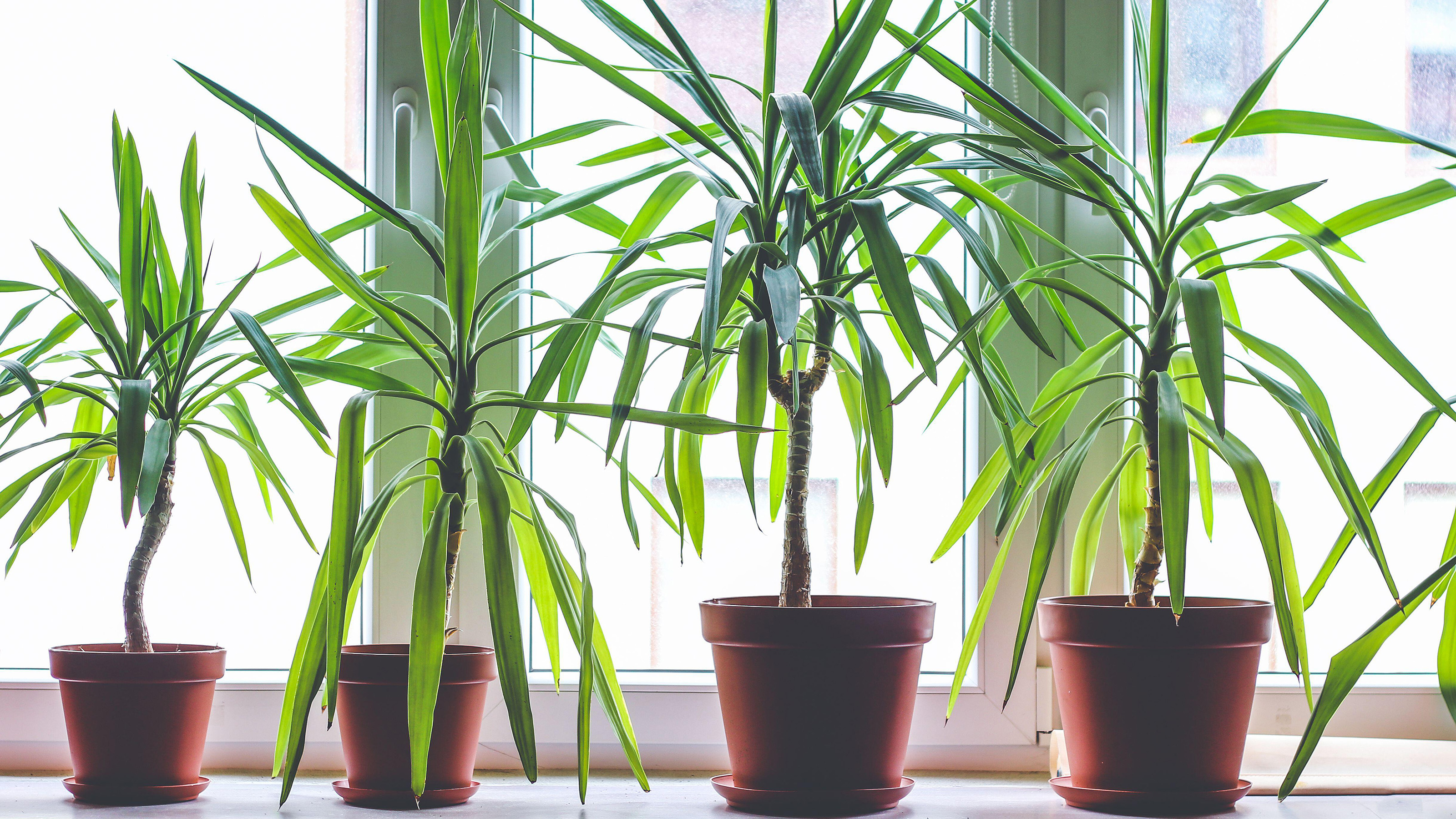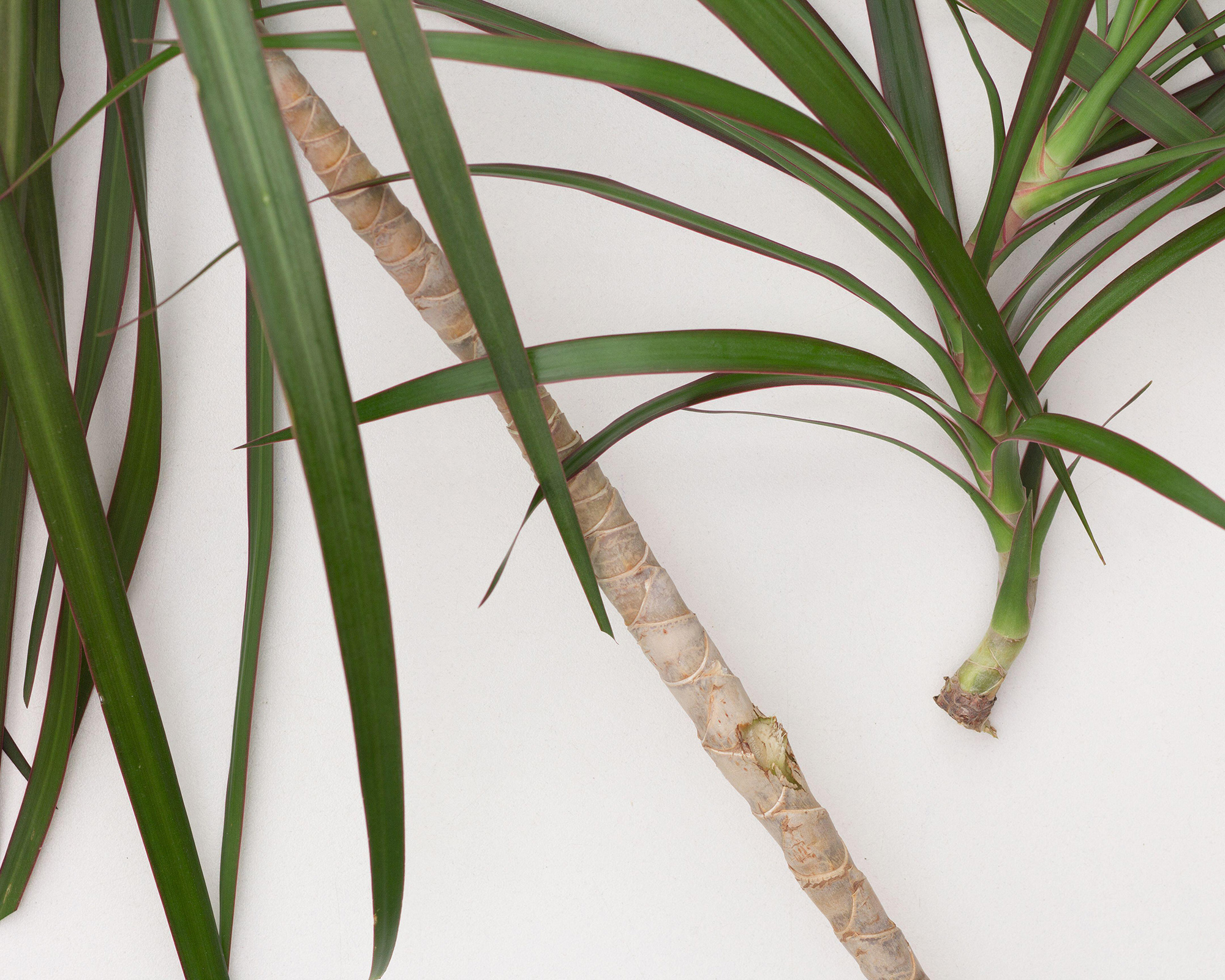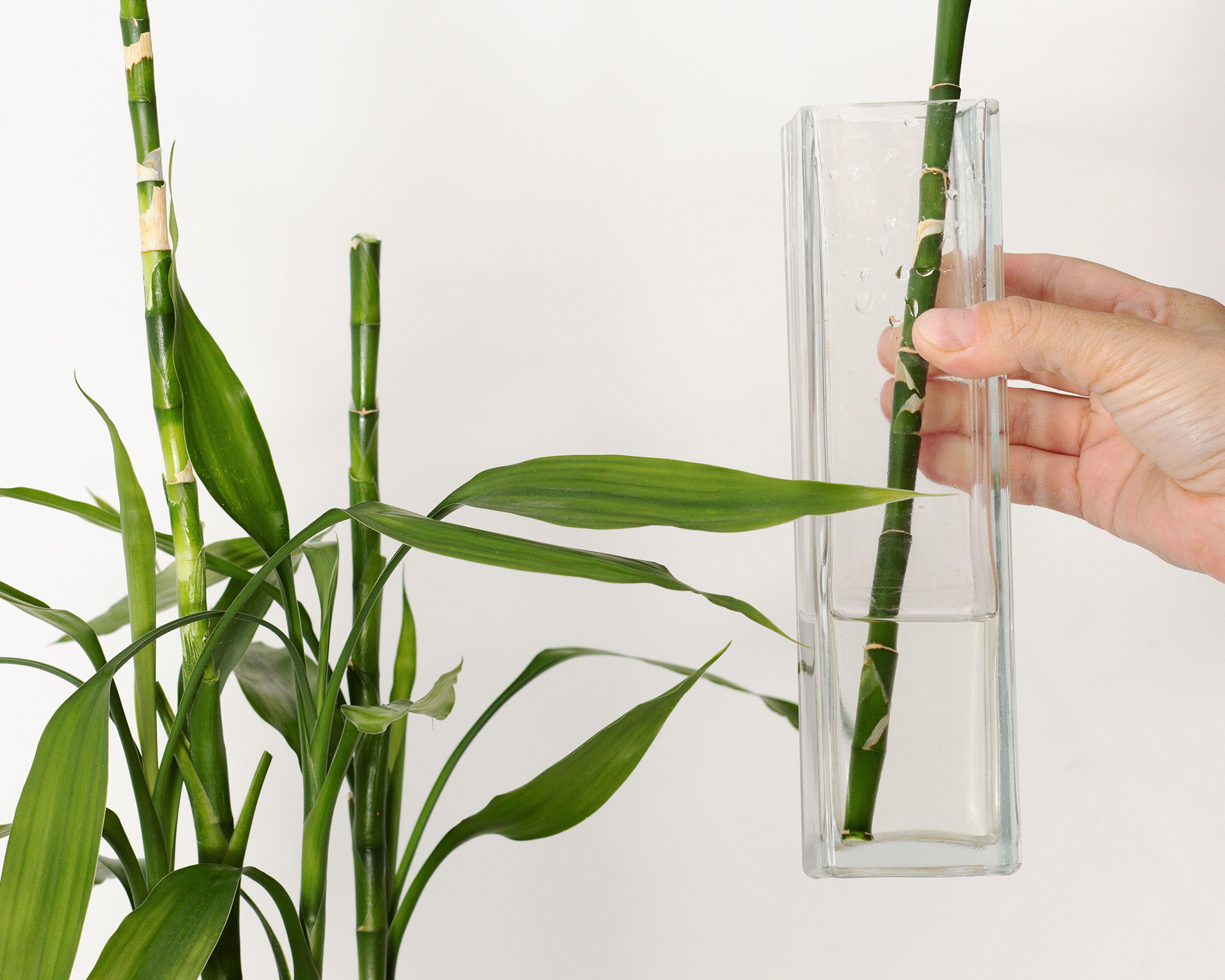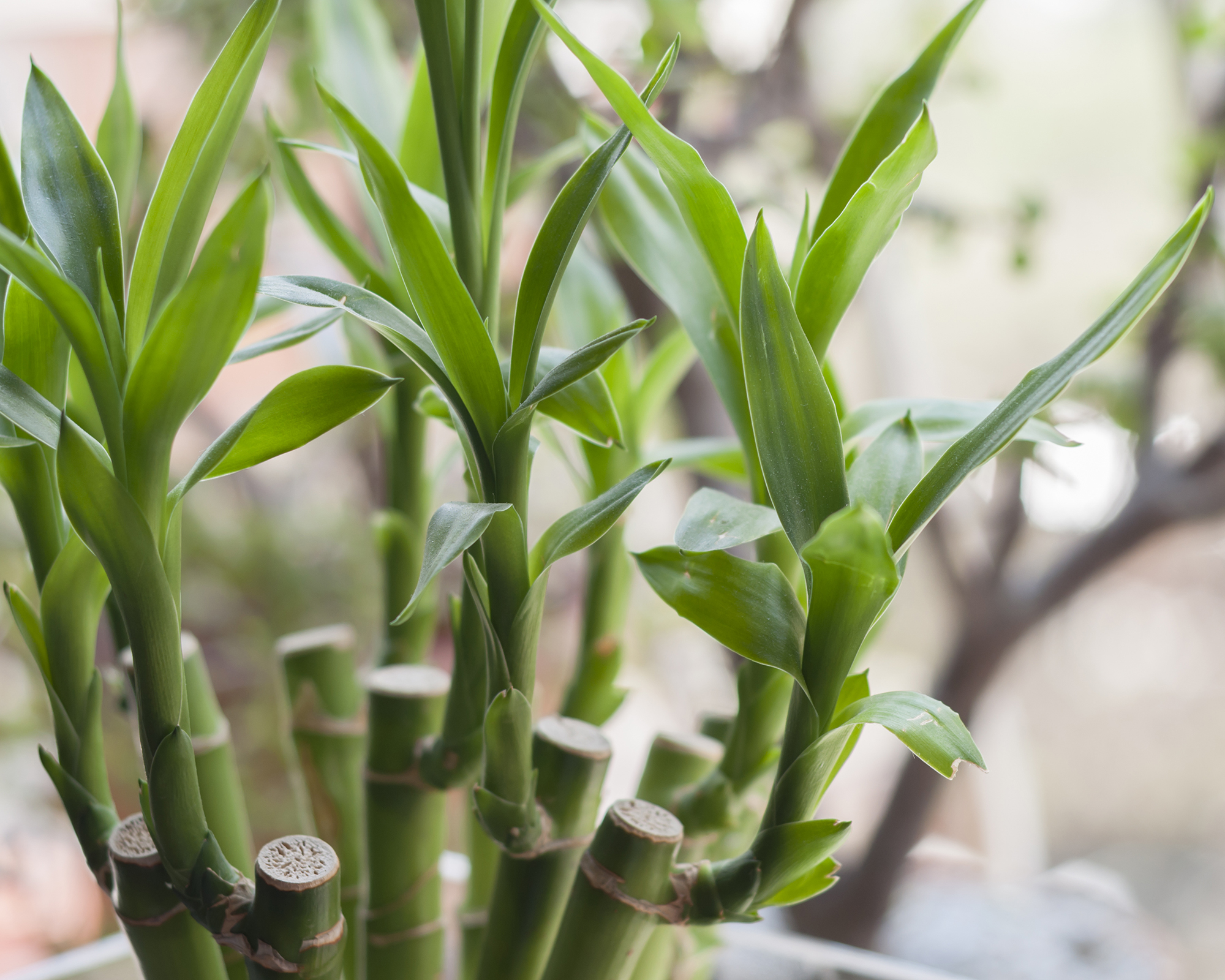Dracaena propagation tips: how to get more dragon plants
Dracaena propagation is the easy way to increase your dragon plant collection and get more houseplants for free


Dracaena propagation is very simple to do. They are very easy to propagate from cuttings, and one mature plant can be used to make lots of baby plants for you and your friends to enjoy.
There are few different types of dracaena, including Dracaena fragrans, the Madagascar dragon tree, Dracaena marginata, and Dracaena reflexa (syn Pleomele reflexa) ‘Song of India’, and all will produce roots from leafy shoots or pieces of stem.
Dracaena, also known as dragon plants are among the best indoor plants for beginners to grow at home, requiring no special care apart from watering and applying a little fertilizer during the growing season.

Cut off a rigid stem to start propagation
Make dracaena propagation easy with these four simple steps
The method we advise for how to propagate dracaena is taking healthy cuttings from your plant and rooting in clean water. This is a tried and tested method for dracaena propagation, giving you plenty of new plants to add to your indoor garden ideas.
- Similar to rubber plant propagation, choose a dragon tree or plant with a rigid stem, known as a cane, and a leafy shoot sprouting from the end of it. Your plant may have more than one stem, and you can take cuttings from all of them – new shoots will soon develop on the severed stems to restore your parent plant to its former glory.
- Using a sharp, clean pair of the best secateurs, cut through the stem just below the leafy shoot. Fill a narrow-necked bottle with water and insert the base of the stem so that it is submerged. Leave the cutting in a warm bright place and change the water every few days to keep it fresh.
- After a few weeks, you will see little roots growing from the stem. When the stem has about ten roots or more, pot up your cutting in a container. Just like the peace lily, dracaena plants need drainage holes in the base. Fill pots with a mixture of cutting compost and a handful of perlite. Insert the cutting so that the roots are covered with the compost mix and the leaves are above the surface.
- Keep the young plant well-watered, but as with spider plant propagation, ensure the compost never becomes soggy or wet, which may rot your young plant. You will soon see new leaves emerging from the top of the stem.

Stem cuttings of dragon plants root quickly in jars of water
Taking dracaena cuttings from long woody stems
If your plant has a long, woody stem, it's still possible to use it for dracaena propagation. You can cut it in half, and then divide it into sections about 6-8in (15-20cm) in length. Take note of which was the top and bottom end (the section of the stem closest to the roots on the mother plant), and then place each section into a container of water, so that the bottom half is submerged.
Leave in a warm, bright area, for example growing as a bedroom plant or as an office plant, and replace the water every few days. Roots should then appear after a few weeks and tiny leaf buds may also develop at the top of the stem sections. Plant up as described above when the cuttings have a strong set of roots.

Dracaena sanderiana will grow in a vase of water
How long does dracaena take to propagate?
The whole process of dracaena plant propagation takes around four weeks (give or take a couple of weeks).
When you place your stem cutting in water, you should notice fresh roots start to form after a couple of weeks.
From there, after you've potted up your newly rooted stem in compost it will be a further few weeks for it to take root enough for new leaves to start forming.
Before long, you'll be able to enjoy including your new leafy addition in your indoor plant ideas.
Can you root a dracena in water?
Yes, it is possible to root a dracaena stem cutting in water. This is a good method for starting off your dracaena propagation, before transferring your stem into potting compost.

Zia Allaway is a garden book author, editor, and journalist, and writes for a range of gardening and women’s magazines, including Easy Gardens, Homes & Gardens and Livingetc, as well as The Guardian and The Daily Telegraph newspapers. She has also written books for the Royal Horticultural Society and Dorling Kindersley publishers, including Eco-Gardening, Compost, Low Maintenance, Practical House Plant Book, Practical Cactus & Succulent Book, Indoor Edible Garden, What Plant Where, and the Encyclopedia of Plants and Flowers.
